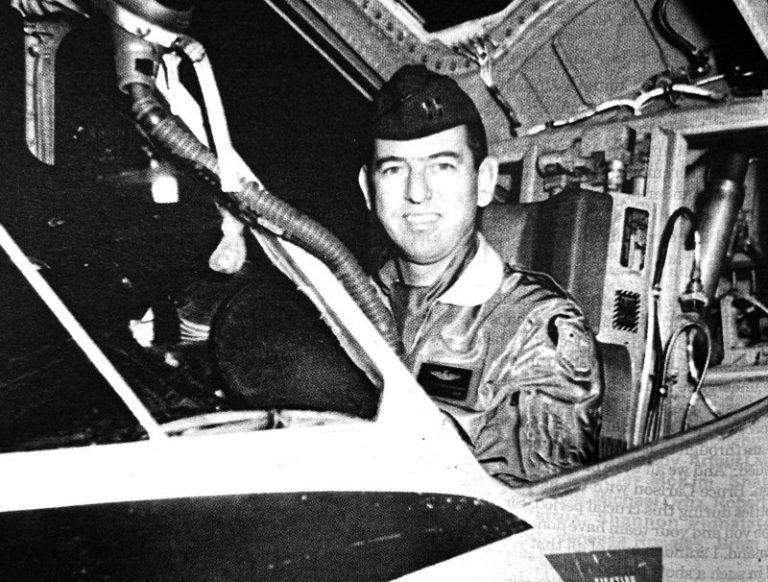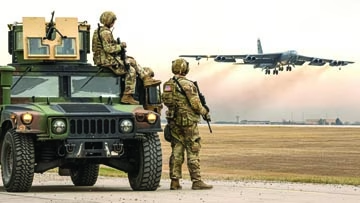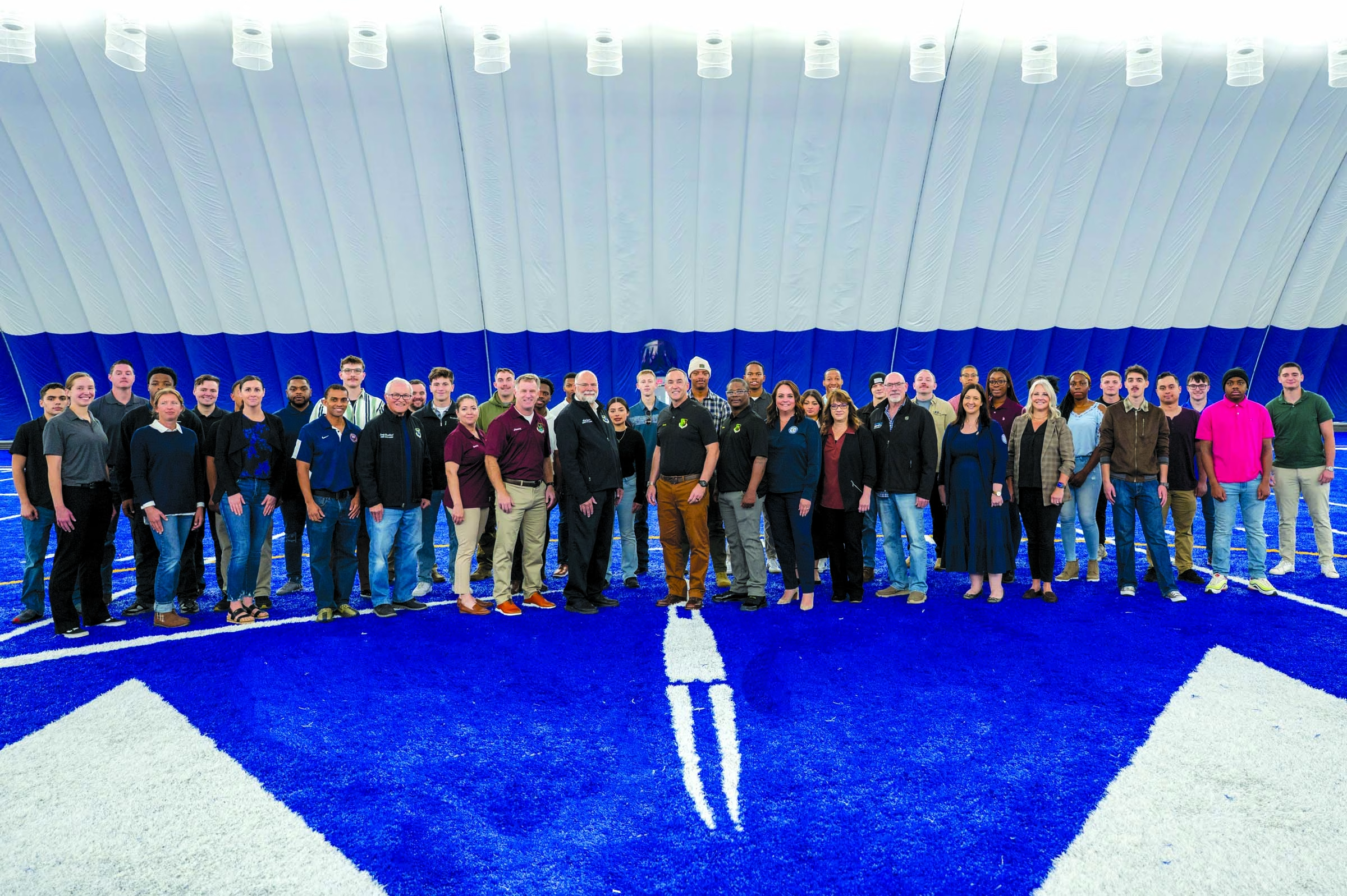MINOT AIR FORCE BASE, N.D. —
On the cold morning of December 19, 1963, six F-106 Delta Darts departed from Minot Air Force Base, N.D., on a routine training mission that would end in tragedy.
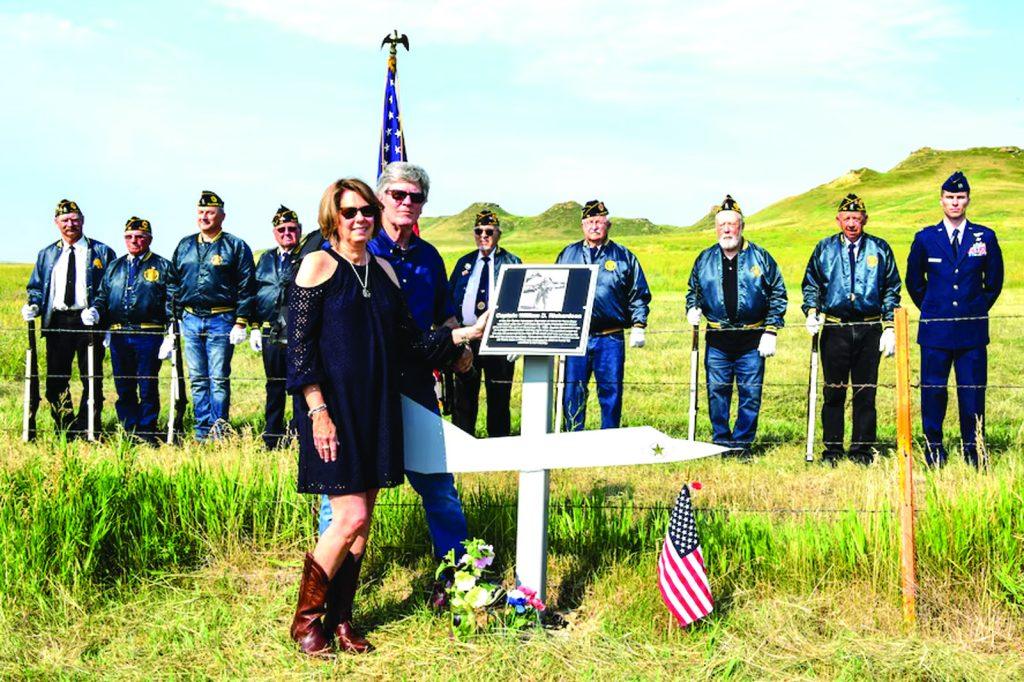
U.S. Air Force Photo I Abigail Kinder
The aircraft were operated by pilots assigned to the 5th Fighter Interceptor Squadron, an Air Combat Command unit responsible for protecting the United States’ northern border from Soviet bombers. The mission, controlled by the Great Falls Air Defense Direction Center, was to practice interceptions using each other as targets.
Six fighters took off shortly after 9 a.m., with Capt. William D. Richardson, a 33-year-old Mississippi native, manning the fourth aircraft. Just southwest of Bismarck, Richardson’s aircraft abruptly broke away from the formation.
Soon, radio contact with Richardson was lost as the aircraft systems on his F-106 malfunctioned. His ejection seat failed, and the aircraft crashed in a field between Flasher and Raleigh, N.D.
Richardson’s wife Joan was baking Christmas cookies with their two young daughters at home when Col. Jacksel Broughton, 5th FIS commander, arrived with the unprecedented news of the pilot’s death.
Richardson was one of thirteen pilots to perish due to the F-106’s faulty ejection seats. The crash sparked Broughton to advocate for the redesign of F-106 ejection seats, saving countless lives after.
In 2005, Joan and her daughters, Patricia Healy and Lataine Brown, returned to Minot AFB after discovering news of a dorm building’s dedication as Richardson Hall. Healy said, “I realized for the first time in my life, (1) how much I missed my father and (2) how different my life would have been had he lived.”
Healy’s road to recovery continued in 2020, when Retired Chief Master Sgt. Robert Haring contacted her to return a long-lost memento of her father. Haring, a member of the recovery team and F-106 crew chief, held onto a small token of Richardson’s memory for nearly 57 years—a bent 50-cent coin found at the wreckage that he believes belonged to the pilot. Today, Healy wears the coin as a necklace, forever close to her heart.
Determined to keep Richardson’s memory alive, Scott Nelson, a Flasher resident who was a baby at the time of the crash, worked with the Flasher American Legion Post 69 and the local school’s shop class students to erect a memorial in his honor.
On July 19, 2024, another dedication ceremony was held for Richardson, this time at the crash memorial site in between Flasher and Raleigh. Richardson’s daughter, Trish, his nephew, Bert Richardson, and members of the local community gathered at the site for a P-51 Mustang flyover and salute from the American Legion. After, the group moved to the Flasher Fire Hall to share memories and enjoy a community lunch.
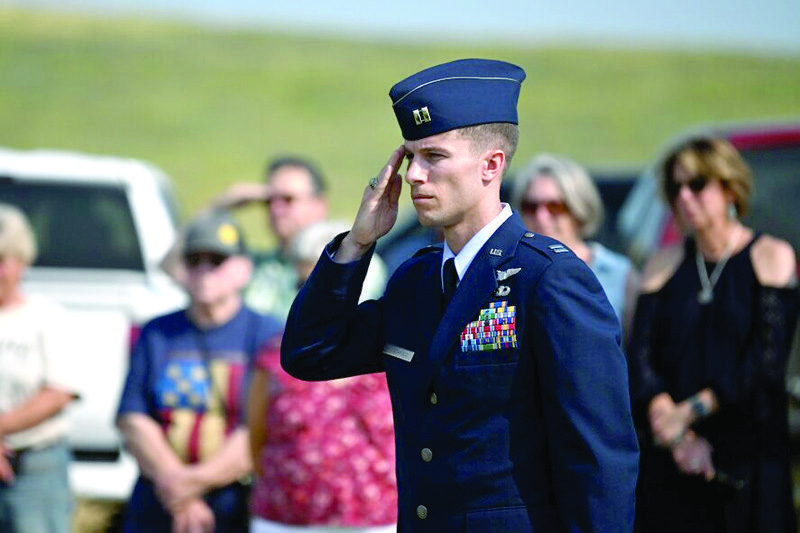
Courtesy photo
Capt. Levi Hilgenhold, a B-52 instructor pilot and 5th Operations Group Executive Officer from Minot AFB, also attended the ceremony to honor Richardson’s legacy as a fellow pilot.
“Every military aviator knows we are a part of something greater than ourselves, united in our mission and commitment to excellence,” he said. “Capt. Richardson was an integral part of this community, and his spirit lives on in the rich heritage and stories passed down through generations of Minot aviators.”
While Richardson’s story ended in tragedy, the ceremony’s atmosphere was not one of melancholy, but of respect, celebration of life and community.
“The nearly 20-year odyssey that I have traveled to better know my dad has been one of the most rewarding and yet devastating journeys of my life,” said Healy. “When my cousin Bert Richardson called one April afternoon in 2004 to tell me there was a building named in my dad’s honor on the Minot Air Force Base, I was shocked. This revelation threw me down a well of grief that set me on the path that has ended here today.”
Healy and her family have navigated a long journey through loss, grief and discovery that brought them back to North Dakota and closer to Capt. Richardson. As she held her father’s coin in her hand, surrounded by a community with outstretched arms, there was no doubt that even after 61 years, Richardson’s story lives on in the hearts and minds of many.
“I think the discovery of the coin at the crash site symbolizes the ultimate respect for Captain Richardson’s sacrifice,” said Hilgenhold, referring to a fighter pilot tradition that symbolizes the remembrance of a fallen aviator.
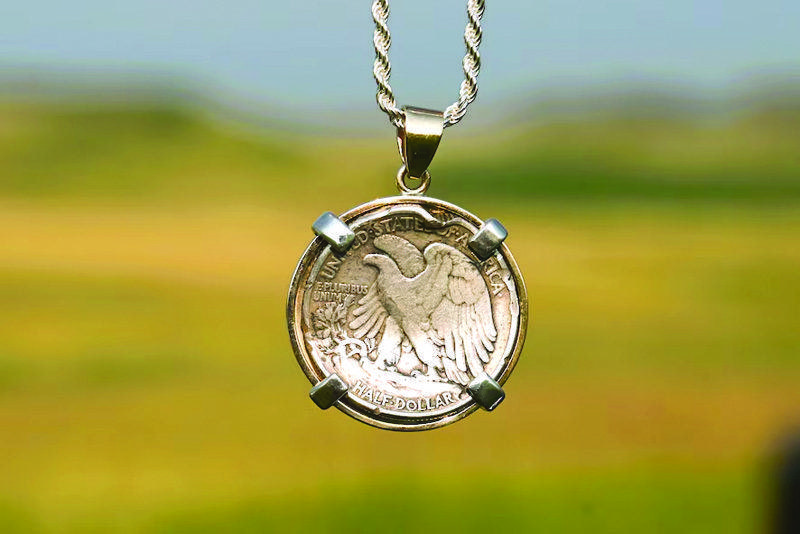
Courtesy photo
As an unknown author once wrote, ‘So here’s a nickel on the grass to you, my friend, and your spirit, enthusiasm, sacrifice and courage…when you are gone, the world will be a lesser place.’
[/et_pb_text][/et_pb_column] [/et_pb_row] [/et_pb_section]
